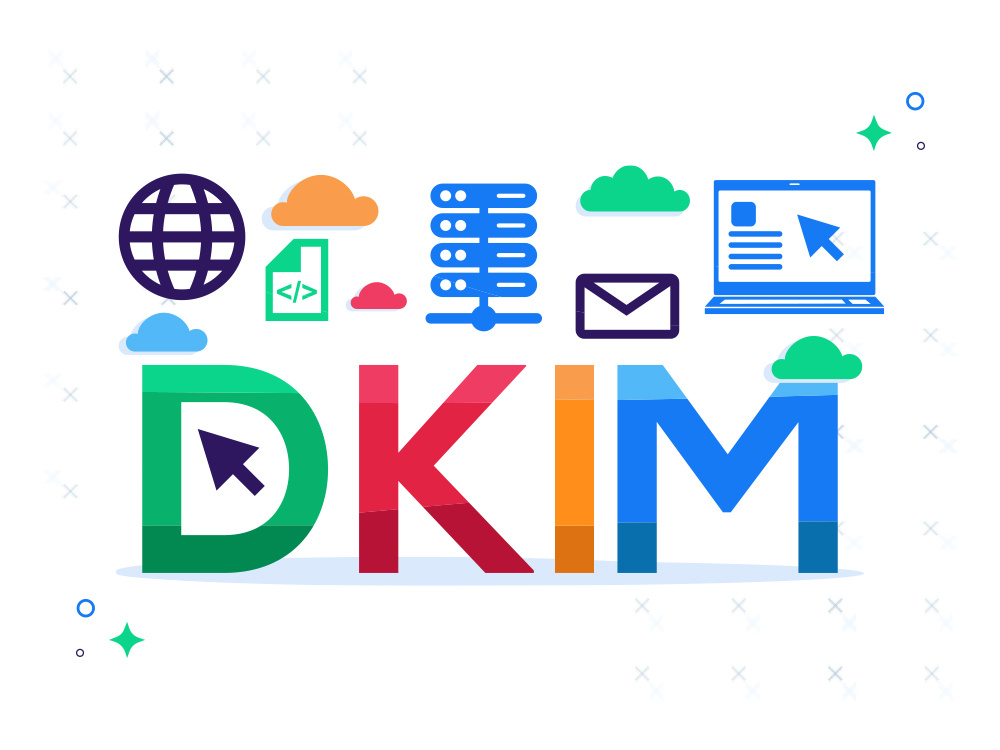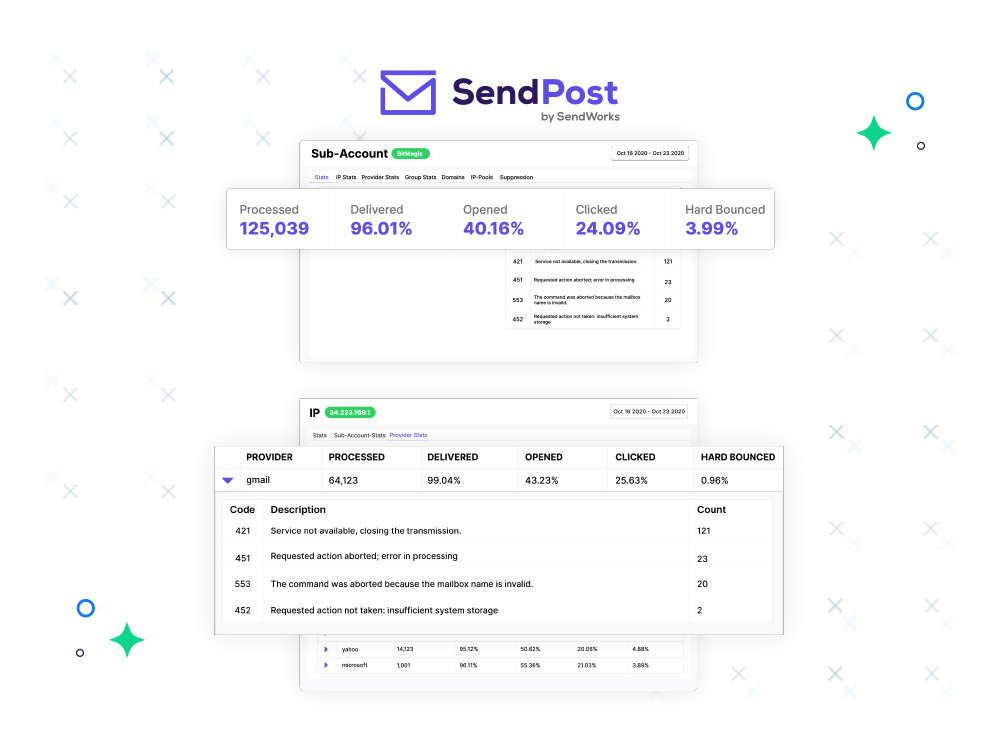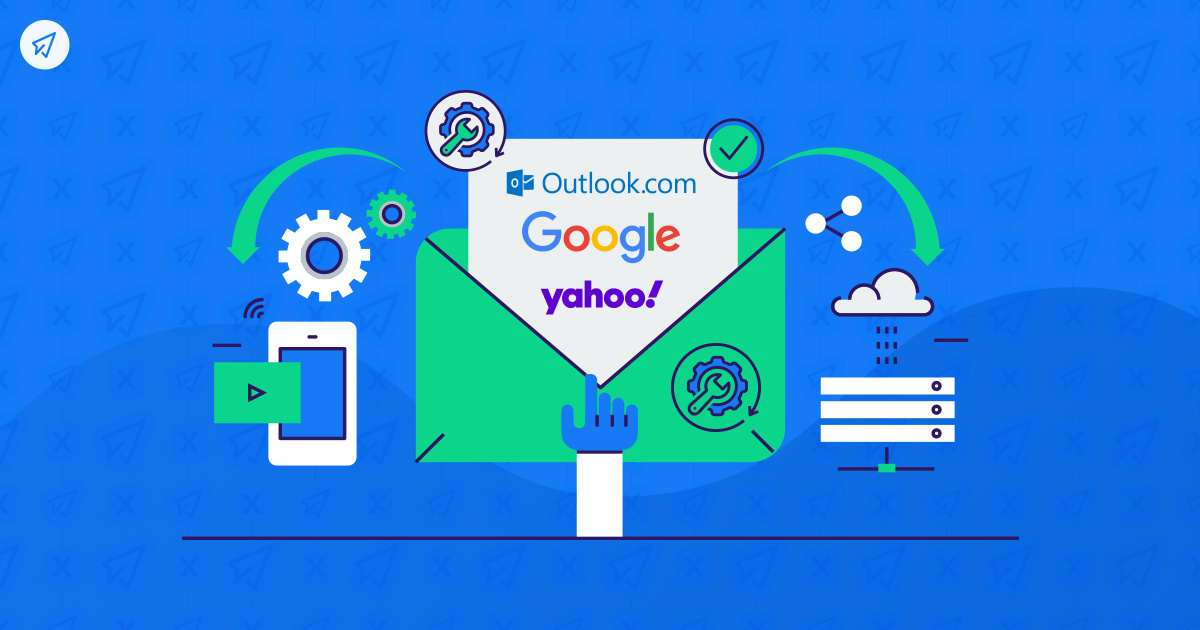In email marketing, getting your message into recipients' inboxes is half the battle—and often the toughest half. Savvy marketers know that deliverability is not just important; it is the bedrock upon which successful email campaigns are built. But here’s the challenge: the email landscape is shifting beneath our feet.
Yahoo, Gmail, Outlook—the big players in the email game—are not static entities. These platforms are living, breathing ecosystems, constantly evolving their algorithms and strengthening security measures. It is enough to make even seasoned email marketers break out in a cold sweat. Keeping pace with these changes is not just challenging; it can feel like taking on a second career.
We have got your back, though. In this guide, we are rolling up our sleeves and diving into the nitty-gritty of email deliverability. So, grab a coffee (or your beverage of choice), and let’s untangle this deliverability knot together.
Table of Contents
Common Deliverability Issues on Major Platforms
Diagnosing Deliverability Problems
Platform-Specific Fixes: Authentication Methods
Tools for Monitoring and Improving Email Deliverability
Email Deliverability FAQs
Putting It All Together: Your Deliverability Action Plan
Common Deliverability Issues on Major Platforms
Yahoo: The Cautious Gatekeeper
Yahoo Mail, known for its stringent filtering, presents unique challenges. A few of these include, but are not limited to:
IP Reputation Concerns: Yahoo is particularly sensitive to the reputation of sending IP addresses. A poor IP reputation can lead to immediate filtering or blocking of your emails.
Content Triggers: Yahoo’s content filters are notoriously strict. Even seemingly innocent words or phrases can trigger spam flags.
Engagement Metrics: Low open and click-through rates can quickly lead to deliverability issues on Yahoo.
Gmail: The Engagement Enthusiast
Gmail, with its tabbed inbox and sophisticated algorithms, focuses heavily on user engagement. This can cause issues such as:
Inbox Categorization: Emails often end up in the Promotions or Updates tabs, reducing visibility and engagement.
Sender Reputation: Gmail maintains a sender reputation score that can significantly impact deliverability.
User Interactions: Gmail closely monitors user interactions with your emails, using that data to determine future inbox placement.
Outlook: The Corporate Guardian
Outlook, popular in business environments, comes with its own challenges:
Attachment Scrutiny: Outlook is cautious about attachments, which can trigger spam filters.
Image-to-Text Ratio: Emails with too many images compared to text are more likely to be flagged.
Authentication Requirements: Outlook emphasizes proper authentication protocols..
Diagnosing Deliverability Problems
Before you can fix deliverability issues, you need to identify them. Let’s look at how to become an email detective.
Decoding Bounce Codes
Bounce codes are like secret messages from email servers. Understanding them helps identify what went wrong.
Soft Bounces (4.X.X): Temporary issues. The server is saying, “Not now, but maybe later.”
4.2.1: The recipient’s mailbox is full. Try again later.
4.4.1: Connection timed out. The recipient’s server might be overwhelmed.
Hard Bounces (5.X.X): Permanent issues. These are the “return to sender” of the email world.
5.1.1: The email address doesn’t exist. Time to clean your list.
5.7.1: The recipient’s server rejected your email as spam.
Response Metrics: Your Deliverability Dashboard
Monitor these key metrics to spot deliverability problems:
Open Rates
Click-Through Rates (CTR)
Unsubscribe Rates
Spam Complaint Rates
High complaint rates are a red flag for ISPs. Aim for less than 0.1%. If open rates drop while bounce rates rise, this could indicate broader deliverability issues.
Platform-Specific Fixes: Authentication Methods
Authentication is your first line of defense against deliverability issues. Let’s break down the three core methods:
SPF (Sender Policy Framework)
SPF is like a guest list for your domain. It tells receiving servers which IPs are authorized to send email for your domain.
Implementation Steps:
Create an SPF record in your domain’s DNS settings.
Use the format: v=spf1 ip4:YOUR_IP_ADDRESS -all
Replace YOUR_IP_ADDRESS with your sending IP.
Platform Notes:
Yahoo: Requires a valid SPF record for all senders.
Gmail: Strongly recommends SPF and uses it in spam filtering.
Outlook: Places high importance on SPF for corporate security.
DKIM (DomainKeys Identified Mail)
DKIM adds a digital signature to verify that emails have not been tampered with in transit.
Implementation Steps:
Generate a public-private key pair.
Add the public key to your DNS records.
Configure your email server to sign outgoing messages with the private key.

Platform-Specific Notes:
Yahoo: Mandates DKIM for bulk senders.
Gmail: Gives preference to DKIM-signed emails in spam filtering.
Outlook: Uses DKIM as a factor in its SmartScreen filter.
DMARC (Domain-based Message Authentication, Reporting, and Conformance)
DMARC builds on SPF and DKIM, allowing you to tell receiving servers what to do if an email fails authentication.
To Implement DMARC, follow these steps:
Create a DMARC record in your DNS settings.
Start with a monitoring policy: v=DMARC1; p=none; rua=mailto:dmarc-reports@yourdomain.com
Gradually tighten the policy as you gain confidence in your authentication setup.
Here are the platform-specific notes for DMARC implementation:
Yahoo: Strongly encourages DMARC implementation.
Gmail: Uses DMARC to improve accuracy of spam filtering.
Outlook: Leverages DMARC for enhanced phishing protection.
Platform Notes:
Yahoo: Mandates DKIM for bulk senders.
Gmail: Gives preference to DKIM-signed emails.
Outlook: Uses DKIM as part of its SmartScreen filter.
DMARC (Domain-based Message Authentication, Reporting, and Conformance)
DMARC builds on SPF and DKIM, telling receiving servers what to do if an email fails authentication.
Implementation Steps:
Create a DMARC record in your DNS.
Start with:
v=DMARC1; p=none; rua=mailto:dmarc-reports@yourdomain.comGradually move from monitoring to enforcement.
Platform Notes:
Yahoo: Strongly encourages DMARC.
Gmail: Uses DMARC to improve spam filtering.
Outlook: Leverages DMARC for phishing protection.
Tools for Monitoring and Improving Email Deliverability
Use these tools to track performance and pinpoint issues:
Google Postmaster Tools: Offers insights into IP reputation, domain reputation, and encryption rates.
Microsoft SNDS (Smart Network Data Services): Essential for Outlook senders; tracks spam complaints and invalid recipients.
SendPost’s Email Deliverability Dashboard: Provides real-time delivery insights, bounce tracking, and cross-platform monitoring.

Email Deliverability FAQs
Q: What factors affect Google email deliverability?
A: Google evaluates sender reputation, authentication (SPF, DKIM, DMARC), engagement, content quality, sending volume, and list hygiene.
Q: How can I improve my email deliverability on Google?
A: Implement authentication protocols, clean your list, maintain consistent sending habits, and use Postmaster Tools to monitor your domain’s performance.
Q: How does Google determine if an email is spam?
A: Through authentication checks, sender reputation, engagement metrics, content analysis, and link evaluation.
Q: What should I do if my emails go to spam in Gmail?
A: Check authentication (SPF, DKIM, DMARC), review content for spam triggers, re-engage active subscribers, and monitor reputation using Postmaster Tools.
Putting It All Together: Your Deliverability Action Plan
Improving deliverability is not a one-time task—it requires consistent monitoring, adjustment, and optimization.
Action Steps:
Authenticate Emails: Implement SPF, DKIM, and DMARC.
Clean Lists Regularly: Remove inactive subscribers and hard bounces every six months.
Segment and Personalize: Improve engagement with targeted content.
Monitor Metrics: Keep a close watch on open and complaint rates.
Optimize Content: Use compelling subject lines and relevant copy.
Maintain Consistent Sending Patterns: Avoid sudden volume changes.
Test Frequently: Conduct inbox placement tests regularly.
By following these steps, you will boost email deliverability across all major platforms.
Want help implementing these best practices? At SendPost, we are more than a service provider—we are your partners in deliverability success.
Don’t let platform-specific issues hold you back. Boost your deliverability today—sign up for a demo and resolve email issues faster.
